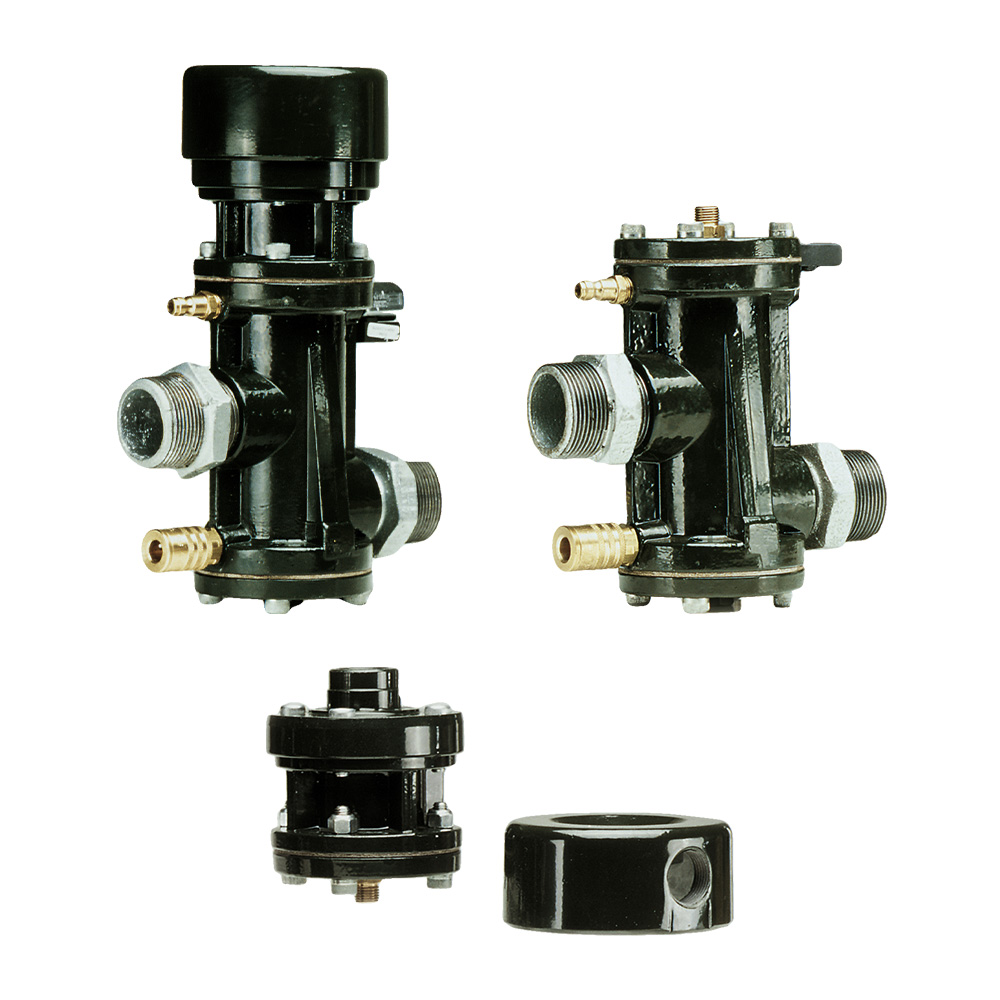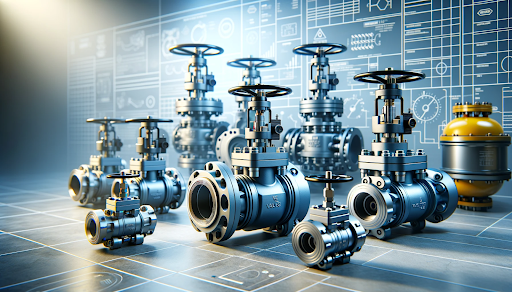Exploring the Functionality of Modern Control Valves in Industrial Applications
Exploring the Functionality of Modern Control Valves in Industrial Applications
Blog Article
Achieve Seamless Integration and Control With High Quality Building Automation Controls
In the realm of contemporary structure management, the relevance of top quality structure automation controls can not be overemphasized. As modern technology remains to breakthrough, the assimilation and control of different systems within a structure have actually evolved to be a lot more reliable and advanced. The seamless operation and tracking of lighting, COOLING AND HEATING, safety and security, and other structure features have ended up being extremely important for boosting occupant comfort, energy efficiency, and overall operational effectiveness. However, the trip in the direction of achieving true integration and control is a multifaceted one, with factors to consider varying from system compatibility to cybersecurity. Welcoming top quality structure automation controls is not merely an issue of ease but a strategic necessary for companies intending to enhance their facilities' efficiency and sustainability.

Development of Structure Automation Controls
Throughout the past couple of decades, the development of building automation controls has actually considerably changed the means buildings are handled and run. Originally, constructing automation systems mostly concentrated on basic features such as controlling air, heating, and air flow conditioning (HVAC) systems. As modern technology progressed, these controls have actually ended up being a lot more innovative, allowing for a bigger array of structure systems to be integrated and managed centrally.
The evolution of developing automation controls has seen a shift towards more intelligent systems that can adapt to transforming problems in real-time. This versatility is critical for maximizing power effectiveness and ensuring resident convenience. Additionally, modern-day structure automation controls currently provide features such as anticipating upkeep, remote surveillance, and information analytics, allowing center supervisors to make data-driven choices to improve structure performance.

Advantages of Quality Integration
The improvement in structure automation manages in the direction of more intelligent systems has highlighted the substantial advantages of top quality assimilation in maximizing building procedures and improving general effectiveness. Quality integration of developing automation controls provides numerous vital advantages. To start with, it leads to improved power performance by permitting different systems to interact perfectly, making sure optimal efficiency and lowering power wastage. Secondly, top quality assimilation boosts passenger convenience and efficiency by allowing customized control over environmental settings like air, temperature level, and lights quality. This personalization can lead to a much more comfy and conducive working or living setting. Furthermore, quality assimilation simplifies upkeep and troubleshooting processes, as all systems are interconnected and can be monitored and controlled from a central interface. This central control also supplies much better visibility and insights into structure performance, allowing positive upkeep and optimization methods. On the whole, the benefits of high quality combination in structure automation controls are obvious, supplying increased efficiency, comfort, and operational performance.
Improved Individual Experience and Availability
Enhancing customer communication with structure automation manages with user-friendly style and improved ease of access raises the general experience for owners and center supervisors alike. By concentrating on customer experience, developing automation systems can end up being much more efficient and user-friendly. Intuitive user interfaces, clear navigation, and personalized setups empower users to interact with the controls conveniently and effectively.
Accessibility attributes play an essential duty in making sure that all individuals, including those with handicaps, can use the structure automation manages effortlessly. Including functions such as voice commands, tactile switches, and color-contrasted displays can boost availability and make the controls more comprehensive.
Additionally, improved individual experience leads to greater customer satisfaction, raised efficiency, and better decision-making. Passengers can adjust environmental setups according to their choices, while facility managers can efficiently keep an eye on and handle building systems - control valves. On the whole, focusing on customer experience and accessibility in building automation controls contributes to an extra efficient and smooth structure environment for all stakeholders included
Lasting Practices With Automation

Moreover, automation can promote the combination of renewable power sources such as solar panels or wind generators right into structure operations. By immediately adjusting power use based upon the accessibility of renewable resource, buildings can better minimize their dependence on non-renewable sources. This seamless assimilation of lasting methods not only profits the atmosphere yet also improves the total functional efficiency and cost-effectiveness of the structure. Through automation, structures can align with modern sustainability objectives and contribute to a greener future.
Future Trends in Structure Control Equipment
In expectancy of progressing modern technologies and advancing sustainability techniques, the trajectory of building control systems is poised to accept cutting-edge solutions and transformative methods. One popular pattern forming the future of structure control systems is the increased integration of Artificial Intelligence (AI) and maker understanding. These technologies enable structures to adjust in real-time to altering problems, enhancing power usage and boosting convenience for passengers. Furthermore, the Net of Things (IoT) is reinventing structure control systems by linking sensors and gadgets to improve and improve operations effectiveness.
One more essential trend is the focus on cybersecurity steps to safeguard against possible dangers to building automation systems. As buildings become extra interconnected, making sure durable cybersecurity protocols will certainly be vital to safeguard delicate data and prevent unapproved accessibility.
Moreover, the change towards cloud-based platforms is obtaining energy, allowing for streamlined control and remote access to site web structure systems. This assists in easier monitoring, upkeep, and updates, enhancing the total performance and adaptability of structure control systems. As innovation proceeds to development, these fads are anticipated to form the future landscape of building automation controls, driving development and sustainability in the constructed atmosphere.
Conclusion
Future fads in structure control systems are likely to focus on further improving automation capacities for boosted power efficiency and overall performance. It is vital for structure proprietors and drivers to focus on the fostering of quality building automation controls to maximize building operations and accomplish long-lasting sustainability objectives.
In the world of modern-day structure monitoring, the value of quality building automation controls can not be Resources overemphasized. On the whole, the evolution of building automation manages continues to drive technology in the building monitoring market, supplying brand-new possibilities for producing smarter and extra lasting buildings.
The advancement in structure automation controls in the direction of more smart systems has highlighted the significant benefits of top quality redirected here combination in optimizing structure operations and improving general effectiveness. Generally, prioritizing customer experience and ease of access in building automation regulates adds to a much more smooth and productive building setting for all stakeholders included.
It is important for structure owners and operators to focus on the adoption of top quality building automation controls to maximize building procedures and accomplish long-term sustainability objectives. - control valves
Report this page